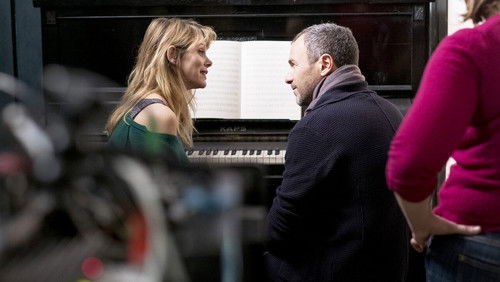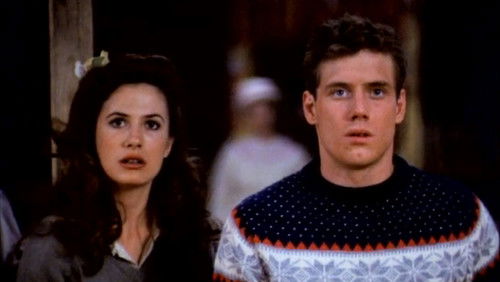Meuterei auf der Bounty (1935)
36KMeuterei auf der Bounty: Directed by Frank Lloyd. With Charles Laughton, Clark Gable, Franchot Tone, Herbert Mundin. First mate Fletcher Christian leads a revolt against his sadistic commander, Captain Bligh, in this classic seafaring adventure, based on the real-life 1789 mutiny.
“By 1935 the worst years of the depression were over, the pitfalls of the early talkies had been overcome, and Hollywood was starting to regain its confidence. For the first time in several years pictures were being made as big and bold as they had been in the late silent era. And like the flagship of this new era comes this highly fictionalised account of the Bounty mutineers.u003cbr/u003eu003cbr/u003eAlthough this is very much a Hollywood production, it may seem a little strange to see that all-American lead idol Clark Gable playing an Englishman. This being the days before such things really mattered, and Gable not really being one to shift his persona too much, he makes no attempt whatsoever at an English accent. And yet he fits in very well. Gable always carried with him a touch of the theatre where he cut his teeth, and proves himself a powerful counterpoint to the blustering Charles Laughton. With his barrel chest, wavy hair and easygoing swagger he does have the makings of a swashbuckling hero, and this is the role Fletcher Christian takes in this adventuresome adaptation. Gable is, in a way, Hollywoodu0026#39;s ambassador in the story – just about convincing as an 18th century naval officer, but familiar enough to give US audiences a lead into the movie.u003cbr/u003eu003cbr/u003eOpposite Gable is a mix of American faces and the British actors who had started to migrate stateside. Charles Laughtonu0026#39;s performance as Captain Bligh is integral to the movie. You realise here that Laughton was rather a short man, and he plays on this, making Bligh a jumped-up, Napoleon-complexed bully; all sharp, jabbing motions, an arrogant stance and a face like a dead fish. Alongside Gable and Laughton, the third Best Actor nominee was Franchot Tone, although he is not really exceptional, merely worthy. There is a typically strong turn from Donald Crisp, and Eddie Quillan is surprisingly decent if a little overwrought. The only wrong note is perhaps Herbert Mundin, or at least his character. The bumbling little comedy performer was always good to see in Errol Flynn adventures and the like but he is wrong for this more serious affair. Note how he seems to disappear from the story when the mutiny takes place, which is fair enough – one couldnu0026#39;t really imagine that sweet little chap joining the mutineers or cast adrift and dying by inches.u003cbr/u003eu003cbr/u003eThe director is one of the masters of old Hollywood, multiple Oscar-winner Frank Lloyd. Lloydu0026#39;s smooth, confident set-ups bring a tense, fractious feel to life on board ship, while never using too much obvious technique as to make it seem artificial. A lot of shots, such as the early one of Gable leading the press gang, show men facing each other in profile, aggressive, combative. In almost every shot we are made to feel the motion of the ship, and even below decks we have the swinging of hammocks. By contrast the scenes on dry land are palpably solid, emphasising the change to a more peaceful life on Tahiti. Lloyd is also one for composing tableaux that are memorable and iconic. Thereu0026#39;s an odd-looking but very effective shot shortly before the flogging scene, with punishment-doler Morrison staring coldly ahead on the left-hand edge of the frame, that has seared itself into my memory.u003cbr/u003eu003cbr/u003eAnd ultimately it is just such a grand, iconic feel that characterises Mutiny on the Bounty. The Herbert Stothart score is a bombastic medley of nautical themes and emotional underscoring. The forceful, rhythmic editing of Margaret Booth provides us with some striking montages. And of course there is the fact that nothing is faked. Full-size replica ships were built and location filming was carried out in Polynesia, with none of the ugly back projection shooting that mars many pictures before and after. Such a mighty production demonstrates why you need such larger-than-life stars as Gable and Laughton. Here is a movie that does everything it can to announce that big Hollywood is back in all its glory.”









